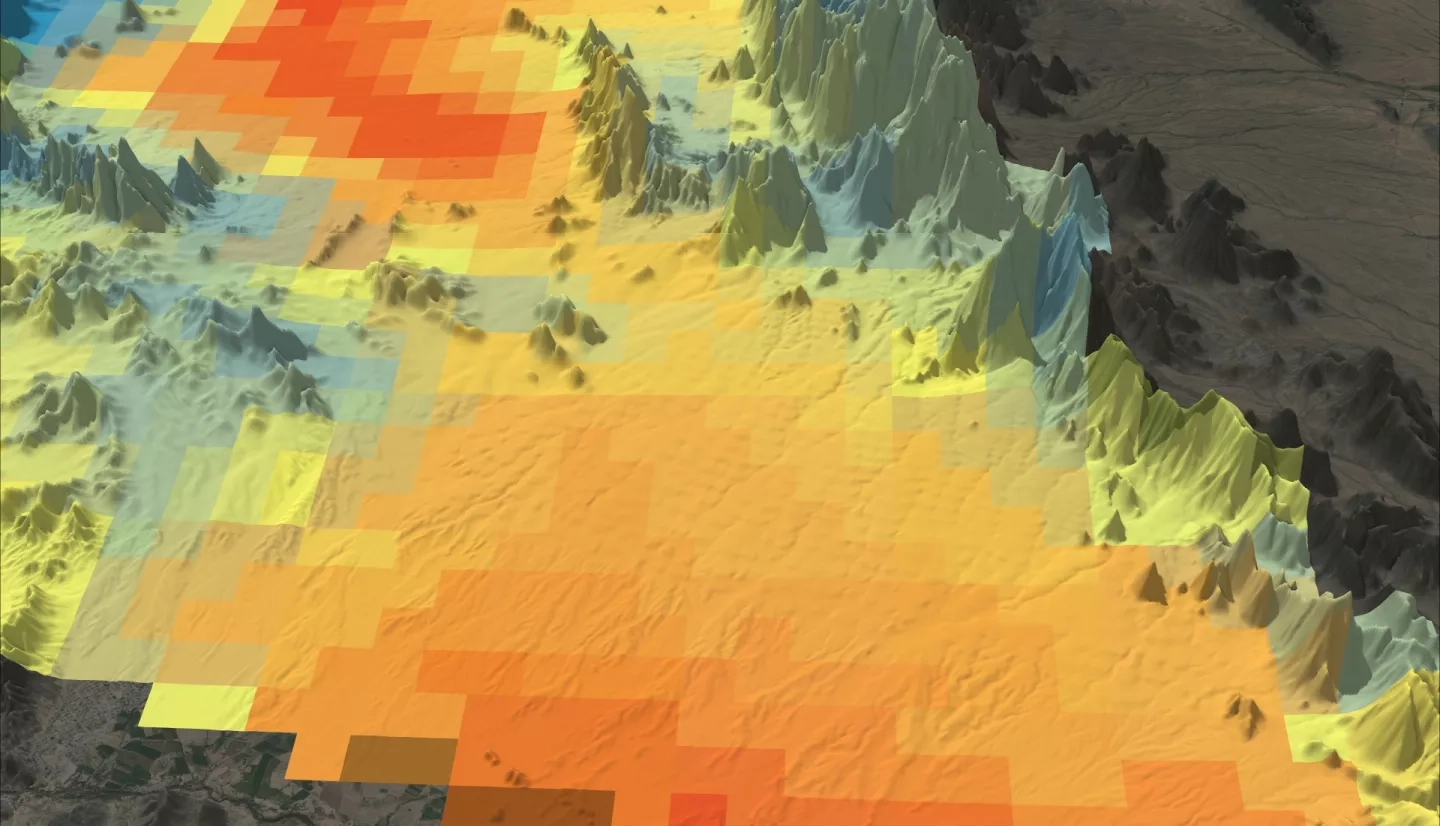Western Sonoran Water Resources (Summer 2022)
Team: Anne Britton (Project Lead), Deirdre An, Seamus Geraty, Charles Nixon
Summary: Ephemeral freshwater rock pools, known as tinajas, have great biologic and cultural importance as sources of surface water in the western Sonoran Desert (WSD). Tinaja flooding and drying cycles, known as hydroperiods, vary based on meteorologic and climatologic conditions; however, a lack of extensive research relating climatic impacts to tinajas puts these critical ecosystems further at risk. The National Park Service (NPS) and the University of Arizona monitor the physical and ecological condition of tinajas in Organ Pipe Cactus National Monument (OPCNM), AZ, using resource-intensive strategies: in situ trail cameras and direct measurements. To aid monitoring efforts, the NASA DEVELOP team aimed to incorporate remote sensing into NPS strategies by analyzing spatiotemporal climate data and tinaja hydroperiods in OPCNM between 1979–2022. Using Aqua and Terra Moderate Resolution Imaging Spectroradiometers (MODIS), University of Idaho Gridded Surface Meteorological Dataset (gridMET), and OpenET data, the team generated climatology maps and time series for OPCNM. The team compared these data to daily in situ hydroperiod observations from the University of Arizona between 2019–2022. Climate maps and time series showed increases in temperature and solar radiation (p<0.05), while analyses of in situ data showed correlations of hydroperiods with precipitation and evapotranspiration. End products identified high-risk tinajas and demonstrated that Earth observations can successfully be correlated with in situ hydroperiod observations. These results will support NPS efforts to prioritize water resource management and inform protocols driving the conservation of tinajas in OPCNM.
